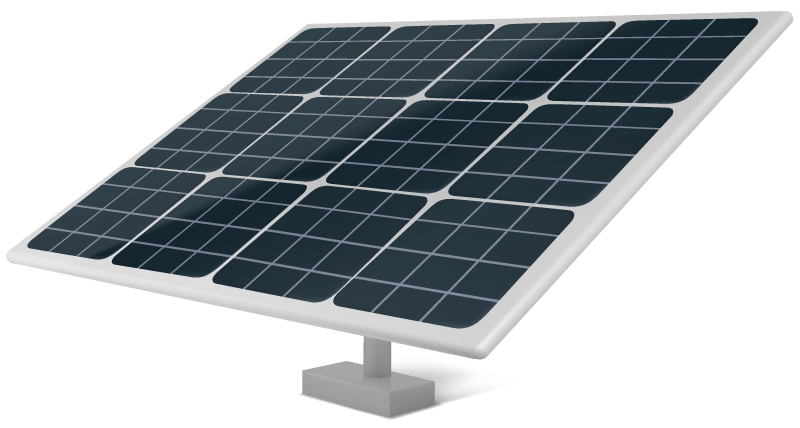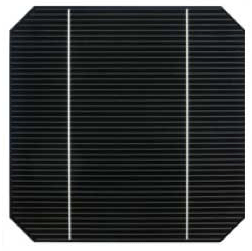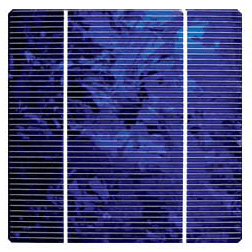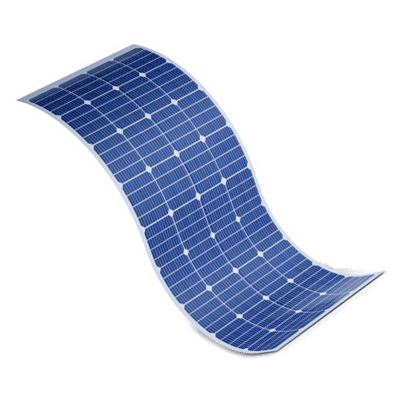What is Solar Panel Recycling?
Solar panel recycling is the process of reclaiming and repurposing valuable materials from expired or damaged solar panels. It involves disassembling, extracting, and processing components like glass, metals, and silicon, ensuring these resources are efficiently reused, thereby reducing environmental waste and conserving natural resources.
Why Recycle Solar Panels?
Recycling solar panels is crucial for multiple reasons.
Primarily, it prevents the accumulation of hazardous waste in landfills, safeguarding the environment from potential contamination by toxic materials like lead and cadmium.
By recycling, we also recover valuable resources such as silver, silicon, and glass, diminishing the need for raw material extraction and reducing the environmental footprint associated with mining and manufacturing.
This process also conserves energy, as producing new materials from scratch is often more energy-intensive than recycling.
Economically, solar panel recycling creates jobs in the emerging green sector, promoting sustainable industry growth.
What Are the Types of Solar Panels That Can Be Recycled?
Thin-Film
These panels are made by depositing one or more layers of photovoltaic material (like amorphous silicon, cadmium telluride, or copper indium gallium selenide) onto a substrate. Each type requires a different recycling process due to the unique materials and technologies used in their production.
How Are Solar Panels Recycled?
Recycling solar panels involves a detailed, multi-step process aimed at extracting valuable materials for reuse and ensuring environmental safety. Here’s how it’s typically done:
- Collection and Transportation: The process begins with the collection of end-of-life solar panels from various locations. These panels are then transported to a recycling facility.
- Pre-treatment and Disassembly: Upon arrival at the recycling center, panels undergo pre-treatment, where they are sorted and prepped for recycling. Frames and junction boxes are removed. The aluminum frames are often recycled separately, as aluminum is easily recoverable and highly valuable.
- Glass Separation: The glass, making up about 75% of the panel’s weight, is removed. This glass is generally clean and can be readily recycled, similar to glass from other sources.
- Thermal Processing (for Silicon-Based Panels): The panels are then heated in a thermal processing unit at temperatures high enough to loosen the binding between the cell elements and the glass. This step helps in the separation of materials but is primarily applicable for silicon-based panels.
- Chemical Treatment: The remaining materials undergo a chemical treatment to separate the different semiconductor materials from the rest. This process involves using acids and solvents to dissolve the bonds between the materials.
- Material Recovery: After the chemical treatment, the semiconductor materials like silicon, cadmium, and tellurium are recovered. This step requires precision to ensure the purity of the recovered materials, as they can be reused in new solar panels or other products.
- Further Processing and Purification: The recovered materials may undergo further processing to purify them and prepare them for reuse in new products. For example, silicon can be melted and reformed into new high-grade silicon for use in new solar panels.
- Recycling Byproducts: Throughout the process, any byproducts or waste materials are handled according to environmental regulations to minimize any potential environmental impact.





